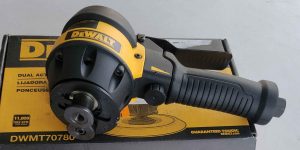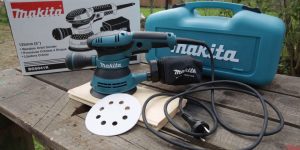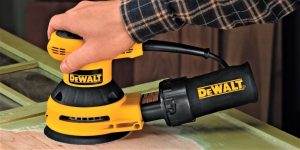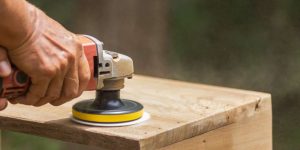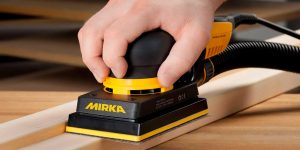Choosing the right CFM (Cubic Feet per Minute) to run your DA sander can be a bit tricky since there’s no one-size-fits-all answer. Various factors like the sander’s size, power, the material you’re sanding, and your personal preferences all come into play. A general rule of thumb is to start with a lower CFM setting and gradually increase it until you hit that sweet spot of efficiency and effectiveness. Through trial and error, you’ll find the perfect DA sander CFM balance tailored to your specific needs.
Additionally, most DA sanders will generally require between 4-6 cfm of airflow to operate correctly. If you’re wondering how many CFM does a DA sander use, this range is a good starting point. However, if you are unsure of the specific requirements for your sander, it’s best to consult the owner’s manual or contact the manufacturer directly for precise information.
What is cfm, and what does it influence?
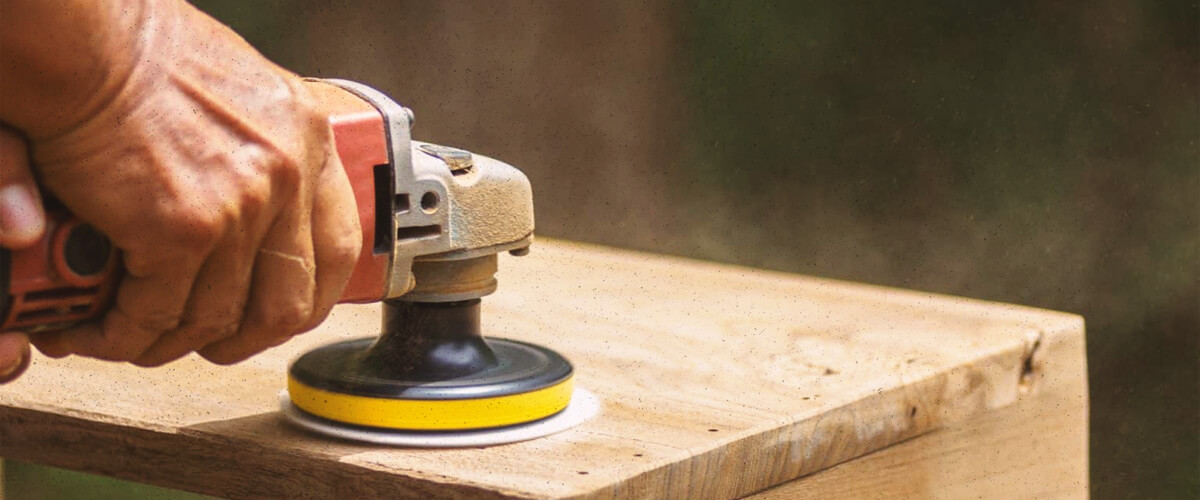
The cfm, or cubic feet per minute, is a measure of the airflow produced by the sander. It impacts the sander in several ways, including the speed at which it operates and the amount of material it can remove. The CFM for DA sander settings is especially important to consider: a higher CFM will make the sander operate faster, but that also means it will remove more material in a shorter period. However, this also means that more material will be removed in a shorter period of time, so you will need to be careful not to remove too much material at once. At the same time, if there is not enough airflow, the sander may start to bog down and become less effective.
Additionally, a higher cfm setting may also produce more dust and debris, so you will need to ensure proper ventilation when using a sander with a high cfm setting. The best way to determine the perfect cfm setting for your needs is to experiment with different settings and see what works best for you.
How to regulate cfm?
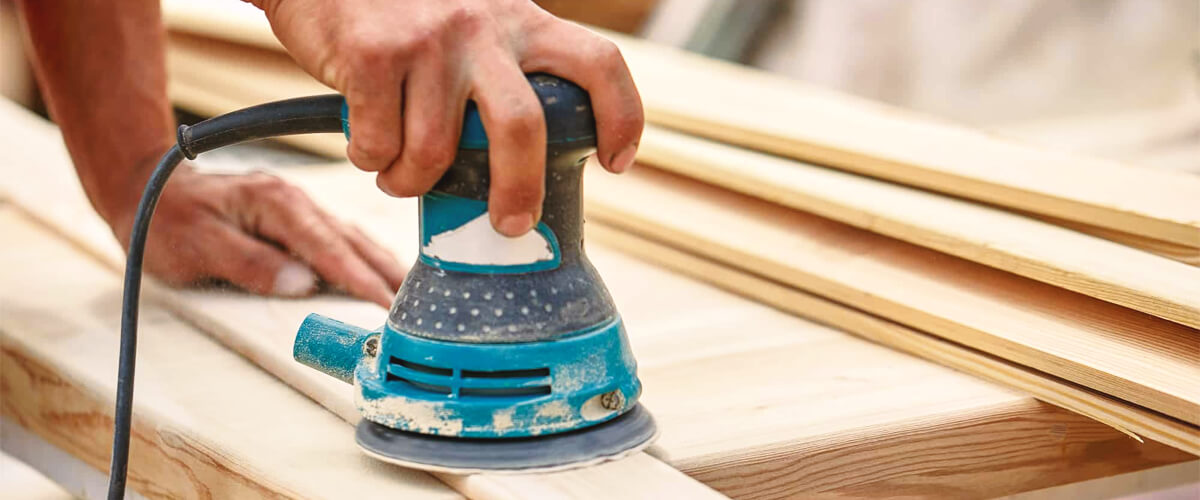
One way to regulate the cfm on a DA sander is to use an air regulator. This device attaches to the sander and allows you to control the amount of airflow produced. By turning the knob on the regulator, you can increase or decrease the cfm output of the sander. It is a great way to fine-tune the performance of your sander and get it working just the way you want it.
Additionally, many sanders come with an air regulator included, so check it before purchasing one separately.
Another way to regulate the cfm on a DA sander is to adjust the air compressor output. It can be done by turning the knob on the compressor itself. By reducing the air output of the compressor, you will also reduce the cfm output of the sander. It is a great way to get a lower cfm setting without purchasing an air regulator.
Different projects will require different CFM settings, so it’s important to experiment until you find the perfect balance for your needs. It’s crucial to understand your air sander CFM requirements, which you can usually find in the owner’s manual for your specific DA sander. Always consult this manual before making any adjustments to avoid damaging the tool.
What can happen when the cfm is too high?
If the cfm on your DA sander is set too high, it can cause a few different problems. First, the sander may operate more quickly than you would like, making it difficult to control. Additionally, a high cfm setting can also remove too much material at once, ruining your project. Additionally, a high cfm setting may also produce more dust and debris, so you will need to ensure proper ventilation when using a sander with a high cfm setting.
What can happen when cfm is too low?
If the cfm on your DA sander is too low, it can cause the sander to run slowly or even stall completely. Additionally, if the cfm is too low, you may not be able to remove the needed amount of material in a given period.


